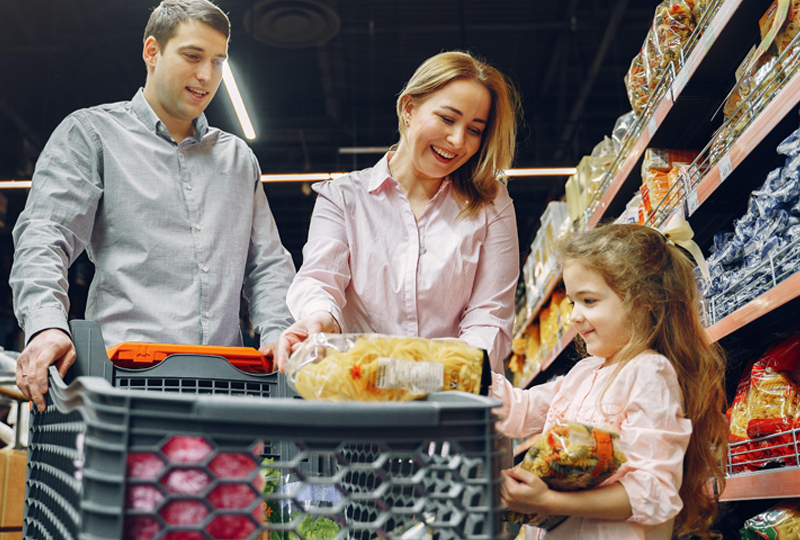
Brands Are Struggling with
Customer Loyalty in 2020. Here’s Why
Featured in StreetFight
By: Stephanie Miles – November 6th, 2020
The pandemic has sparked changes in consumer behavior. Some changes are predictable, like people stocking up on toilet paper when lockdown orders first went into effect. But other changes occurring over the past seven months have been more slight and easier to miss. Now, with the holiday shopping season getting into full swing, brands are discovering that these minor shifts in consumer behavior have the potential to wreak havoc on their seasonal marketing strategies.
“The pandemic has sparked changes in consumer behavior, such as shorter attention spans, and more time online,” says Oz Etzioni, CEO of Clinch, a personalized creative technology platform for programmatic and social media video and display ads. “It’s suddenly harder to establish brand loyalty and retain customers. With everyone online, there is more competition.”
In a study from Wharton Baker Retailing Center and WisePlum, researchers compared loyalty members before and after Covid closures. They found that customers who had problems shopping during the height of the pandemic were 35% less loyal than those who shopped problem-free. Since the members of a retailer’s loyalty program were more likely to make frequent purchases than non-members, they had a greater incidence of problems, leading to an overall decline in loyalty and satisfaction.
Etzioni says purchases this holiday season are likely to fall into two categories: upgrade and indulge. Shoppers who made quick purchases at the beginning of the pandemic with cost savings in mind are now looking at buying better versions of those same items. As the holidays approach, they are also beginning to indulge a bit more by purchasing the items they’ve been holding off on buying since the start of the pandemic. Successful brand marketers will find ways to capitalize on these shifting purchasing patterns without losing sight of the loyalty they’ve managed to establish with existing customers.
Storefront video and other shoppable ad units are just a few of the things retailers are trying right now as they work to bring the offline experience online. Those strategies could prove to be effective but not if they are used in a silo. Now, more than in previous years, brands should be focusing on the omnichannel approach to break through the noise.
“Don’t expect a single-channel approach to work if you want to build a lasting relationship with your customer,” Etzioni says. “In today’s reality where people are spending more time at home and online, brands need to take an omnichannel approach to not only reach but [also] resonate with their audience enough to drive them to a purchase.”
Etzioni recommends that brands try sequential messaging to leverage different formats, like video and banners, and expand into different channels they haven’t tried before, like social and native advertising. Implementing a sequential messaging strategy has the potential to provide value to a brand’s audience at various stages of the customer lifecycle.
With marketing efforts that are centralized to one partner or unified platform, Etzioni says brands can save time, money, and headaches. The centralized approach allows for better understanding and insight into what’s working and what’s not as well. That sort of tracking of what’s working and what’s not will be important for brands that want to turn things around and begin re-establishing loyalty in time for the holiday shopping season.
Creativity and a willingness to try new strategies will also be important. Etzioni says digital-out-of-home (DOOH) is experiencing a surge in demand right now. Even brands that have never tried DOOH before may want to consider switching up their strategies and investing in automation tools for creative and performance optimization as they head into 2021.
“Don’t over-rely on the tactics you tried in 2019,” Etzioni says. “The pandemic accelerated the digital savviness of customers and brought new customers online and, in turn, significantly raised the bar on the expectation of a personalized ad experience.”



